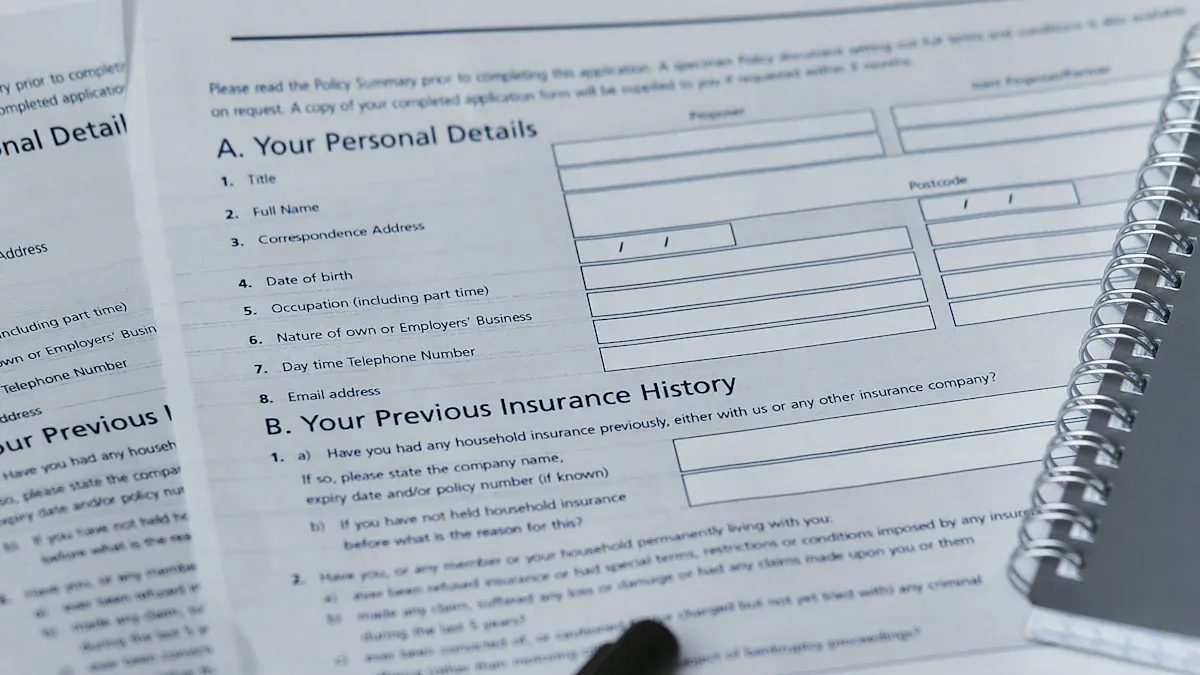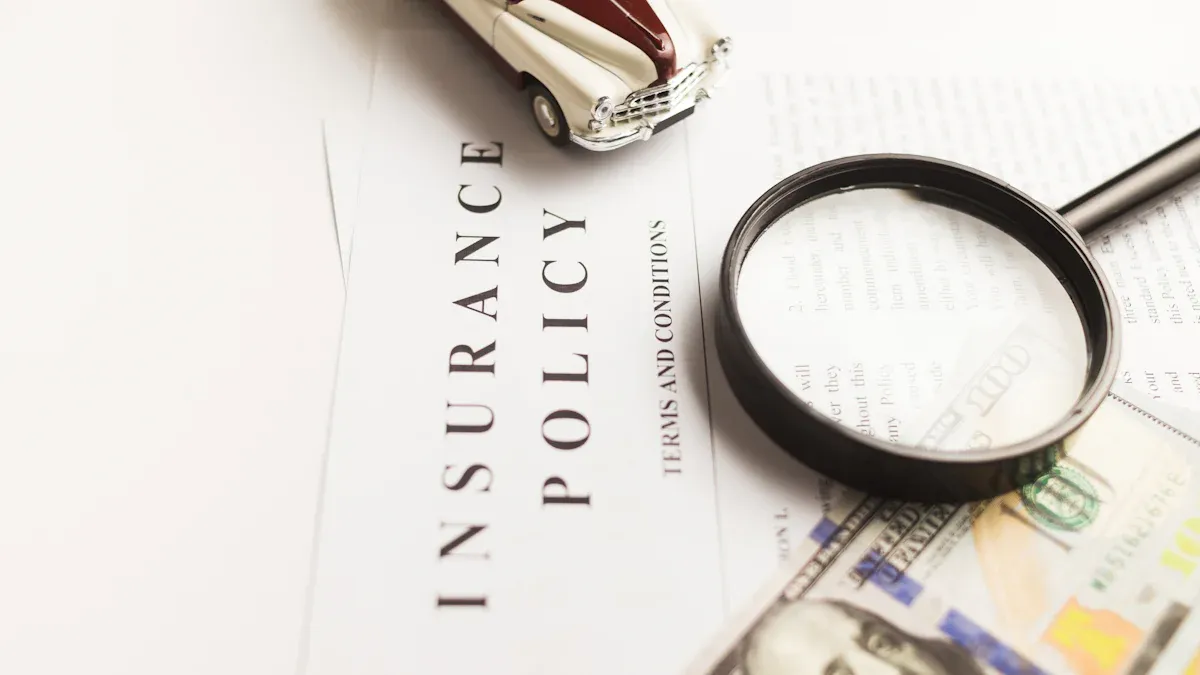
Ever looked at your renewal and thought, “Why did my insurance go up when I haven’t even filed a claim?” You’re not imagining things — rates are climbing across the board. Between 2020 and 2024, property and casualty insurance premiums in the U.S. surged from $655.8 billion to $918.6 billion. Car insurance alone jumped 12.7% just last year.
Key Takeaways
Premiums often increase due to factors outside your control — like extreme weather, inflation, and industry-wide litigation costs.
Even without filing a claim, rising repair expenses and regulatory changes can affect your rate.
A yearly coverage review is smart — but switching insurance companies too often can backfire and lead to higher premiums over time.
You can still manage your rate by bundling policies, maintaining a solid credit score, and working with a knowledgeable advisor.
Why My Insurance Increased Without Any Claims

External Factors
If you’re scratching your head at a rate hike despite a clean record, you’re not alone. Even claim-free customers are paying more these days. Why? Because today’s insurance pricing reflects the bigger picture — and that picture includes rising risk and rising costs.
Consider this:
Hurricanes, wildfires, and other disasters are not only more frequent — they’re also more expensive. Hurricane Ian alone caused $60 billion in insured losses in 2022.
Supply chain delays and labor shortages have made repairs more expensive and harder to schedule. From 2019 to 2022, replacement costs rose by 56%.
Over half of U.S. adults say they’ve experienced weather-related property damage in the last 10 years. That shared risk drives up costs for everyone.
📌 Quick Note: Insurance is based on pooled risk. When claims spike across your region or the nation, carriers often raise rates across the board — even if you haven’t filed a claim yourself.
Industry Trends: It’s Not Just Your Policy
Insurance companies don’t set rates in a vacuum — they look at trends across the country. That includes litigation patterns, legal settlements, and regulatory shifts.
Here’s what’s happening behind the scenes:
Legal filings for tort claims rose about 10% from 2012 to 2019 in many states.
Even though fewer claims are being filed, the ones that are cost significantly more to settle — thanks to rising legal and medical expenses.
Bottom line: even if you’re doing everything right, rising industry costs are likely contributing to your higher premium.
Inflation and Repair Costs: The Silent Driver
Inflation affects more than your grocery bill — it hits the insurance world hard. Repairing a home or car today costs far more than it did just a few years ago.
Key stats:
Homeowners replacement costs jumped 55% from 2020 to 2022.
The average cost to insure a home in the U.S. increased 50% between 2019 and 2022.
In 2023, the insurance industry’s combined ratio hit 110.9 — meaning insurers paid out more in claims than they earned in premiums.
💡 Pro Tip: Review your policy annually with your agent. It’s a great way to make sure your coverage still fits your needs — and to uncover any new discount opportunities. Just be cautious about switching carriers too often, as frequent changes can result in higher long-term premiums due to loss of loyalty discounts and perceived risk.
Other Reasons for Premium Increases

Where You Live (and Who You Insure With) Matters — Especially in the Coastal Southeast
If you’re in the Southeast — especially near the coast — your location alone can drive up insurance costs, even with no claims on your record. Areas like Bluffton, Savannah, Charleston, and other coastal communities carry higher risks due to hurricanes, flooding, and wind exposure.
Here’s why that matters:
Hurricane-prone regions are more likely to see rate increases, even in years with no major storms. Carriers price for future risk, not just past events.
Flood zone designations — even outside mandatory zones — can affect premiums and underwriting guidelines.
Roof age and building codes in older homes (common in historic coastal areas) may result in surcharges or limited coverage options.
Fewer insurers writing in these high-risk regions means less competition, making it harder to shop for lower rates.
Here’s how regional market conditions often affect pricing:
Factor | Impact on Premium | What It Means |
|---|---|---|
Fewer insurers in the market (per 100 pts) | +0.21% | Less competition means higher premiums, especially in coastal counties |
Higher storm exposure | Significant | Even without claims, rates rise based on projected weather risk |
Aging housing stock | Variable | Older homes may face stricter underwriting or higher repair estimates |
So, if you’re wondering why your premium increased in places like Beaufort County, Chatham County, or Charleston County, the answer often lies in the unique risks of coastal living — not your personal history.
✅ Tip: Work with an independent agent who understands the coastal market and can help you navigate carrier restrictions, storm deductibles, and ways to reduce your premium without sacrificing protection.
Personal Risk Factors
Beyond your zip code and the broader industry, your personal profile plays a role. One of the most overlooked drivers of insurance cost? Your credit score.
A dip in credit can push your premium up — even if your driving or claim history is perfect.
Coverage choices matter, too. Lower deductibles or higher policy limits usually mean higher premiums.
✅ Tip: Monitor your credit and review your coverage choices every year. Sometimes a small tweak can save you money without sacrificing protection.
What You Can Do to Help Lower Your Premium
Even in a rising market, you have options. Here are a few practical steps to take:
Review your coverage annually to ensure it’s up to date and fits your lifestyle.
Bundle home and auto for a potential multi-policy discount.
Raise your deductible if you’re financially comfortable doing so — it can lower your monthly premium.
Work with an independent agent (like us!) who can shop carriers and find the best value for your needs.
A heads up: sometimes your rate can rise due to someone else’s claim — like a household member or someone you share a policy with. That’s why it’s helpful to talk through changes with your agent.
📞 Need a second opinion? Our team at GSP Insurance Group is here to help you understand your coverage and find smart ways to save — without cutting corners.
There are some reasons for higher insurance premiums you cannot change. But you can still do something about it. Look at your policy every year. Check what other companies charge. Talk to someone who knows about insurance.
Remember: You can make good choices to help lower your insurance costs.
FAQ
Why did my premium go up if I have a clean driving record?
Insurance companies look at many things, not just your record. Industry costs, inflation, and local risks can raise your premium even if you drive safely.
Can I lower my insurance premium without changing coverage?
Ask your agent about discounts.
Bundle home and auto policies.
Raise your deductible.
Shop around for better rates.
Will my premium go down if I do not file any claims next year?
You might see a lower rate, but not always. Other factors like inflation or local risks can still affect your premium.
